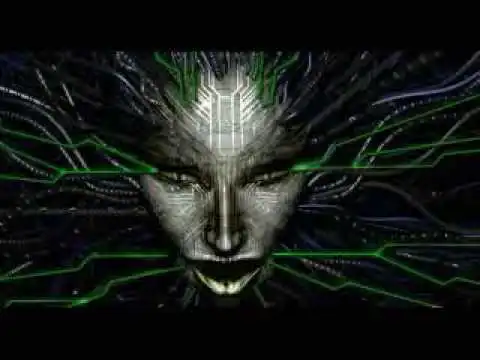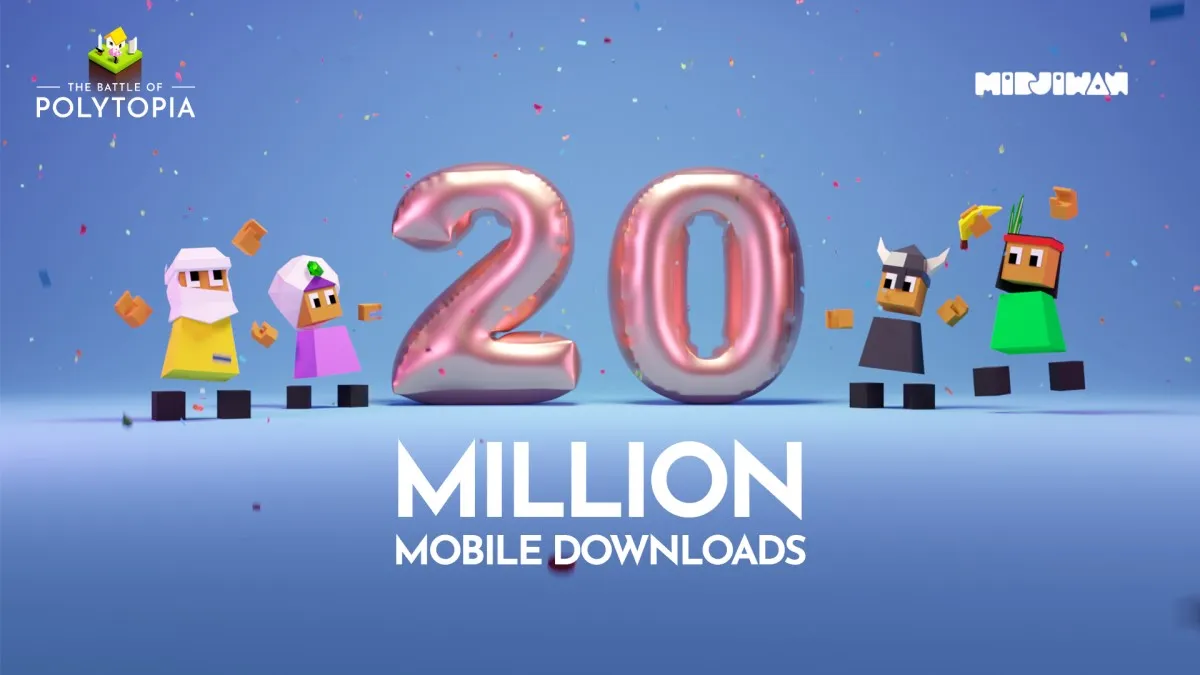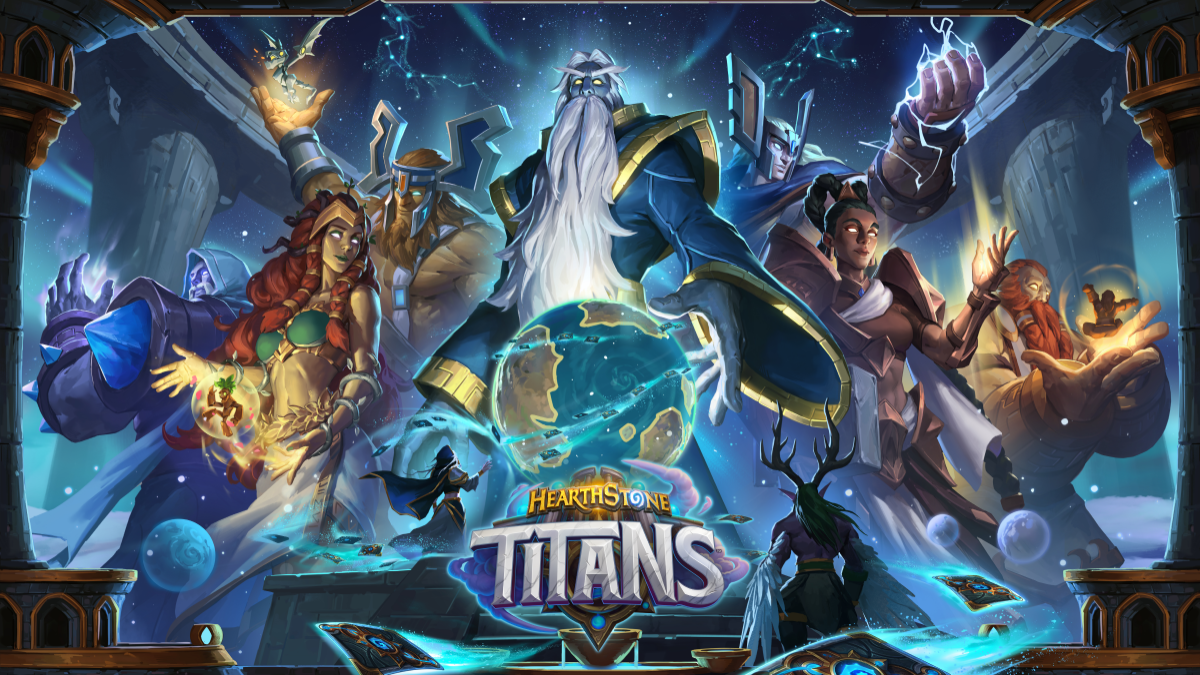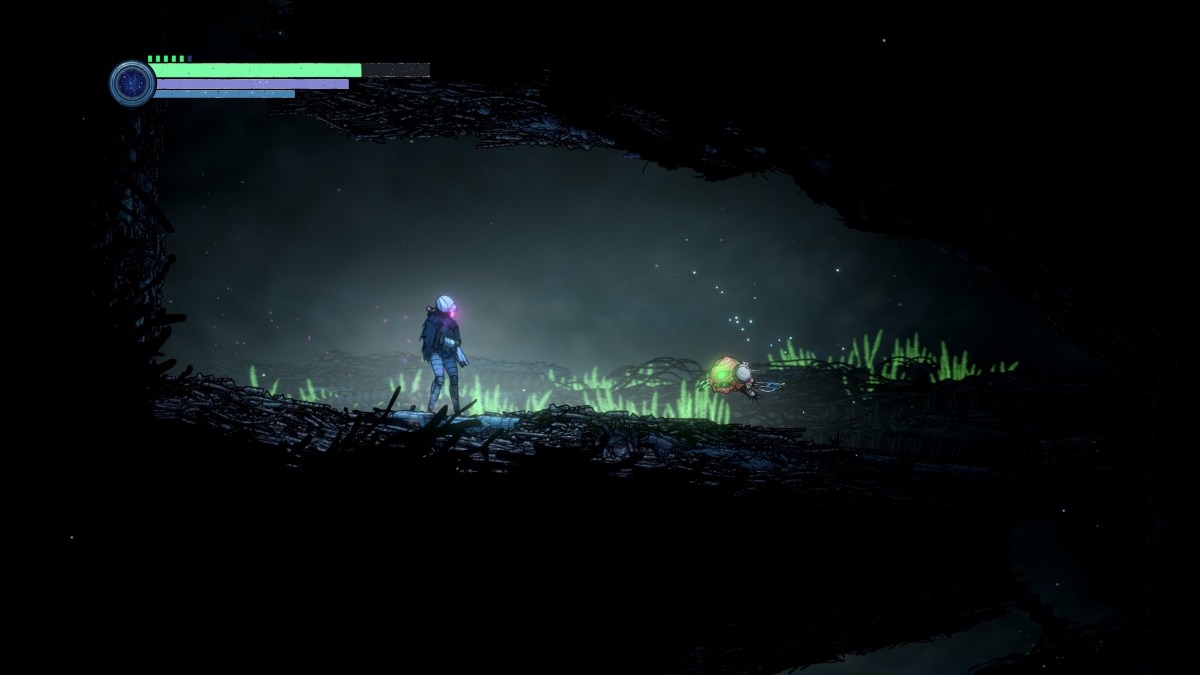Dorian: A decent number of people were still surprised by the reveal. It was spoiled for some, but I think most people who figured it out did so based on Polito’s attitude. Certainly going back and playing it again, she’s so horrible. She really treats you like trash while you’re doing all of her errand running for her. But I think we had a pretty good hit rate, maybe 50-50, of people not realising that Polito was SHODAN.
Oh, am I allowed to spoil the game now? Has it been long enough?
Peter: Fairly sure.
Tim: The statute of limitations has ended on that, I think.
Peter: If anyone is disappointed by that spoiler, please leave a comment below. We’ll try to make it up to you, somehow.
Jon: If you’ve been saving up this game for twenty years …
Dorian: Well I suppose it’s possible, System Shock 2 is available on Steam right now. Some number of people could listen to this podcast and be intrigued enough to go and buy it. So I kind of feel bad now.

Look at what happened to the last person who spoiled System Shock 2.
Peter: I don’t know if this was one of the first instances of the unreliable guide or narrator in a game? Was that the plan from the beginning, to do that twist?
Jon: Only Ken really knows. The way Ken works is very iterative, so I doubt that was the plan from the beginning. But it was certainly a plan that he came up with at some stage during the development.
Dorian: He does like his unreliable narrators.
Tim: The reveal itself I think was a wonderful moment in the game. It’s so well done. But I did always find it a bit disconcerting that SHODAN was on the box.
Jon: We were really trying to leverage the fact that we’re a sequel and anyone who liked the original System Shock would hopefully play this. Not that that was a massive audience, but it was one of the few selling points we had in terms of getting people to the game in the first place. Obviously that wasn’t really enough. Probably a lot of people have played it now, but we really had trouble reaching people at the time. SHODAN was one of the few assets we had to try to bring people in. If we’d just put a picture of a spaceship on the cover, I think there would’ve been even less to latch on to.
Tim: Yeah. SHODAN is certainly one of the more iconic bits of System Shock in general. Actually the main iconic bit, I think.
Jon: She’s such a great character.
Tim: She still regularly pops up in “best villains in gaming” lists. She’s just really well done, in every respect.
Jon: And a huge part of that is her audio. The way her audio is filtered is really great. I wouldn’t describe him as an unsung hero because a lot of people know his work, but Eric Brosius, the sound designer and director for the game, was one of the absolute key people on the project.
Dorian: Oh absolutely. I just ran into him a couple of weeks ago, he and Terri. Terri [Brosius] his wife is the voice of SHODAN and did great work as well.
Peter: Yeah, the SHODAN voice treatment, probably not by coincidence, sounds a lot like the Haunts from Thief: The Dark Project. That kind of … it sounds like the voices are being pulled through a kitchen collender or something.
Jon: It has a kind of stuttering, psychotic kind of notion to it.
Peter: I think Stephen Russell does a really good job too, as XERXES.
Tim: There’s a really nice dichotomy between XERXES and SHODAN. XERXES is kind of the cold and emotionless robot voice, while SHODAN is very strongly emotional and egotistical. It’s interesting seeing the two AIs battling it out.
Jon: HAL from 2001 is really the character that sparked a lot of that. And then of course I’d imagine there’s a lot of influence on System Shock from within [William] Gibson’s ideas about AI in Neuromancer.

“I guess if you’re rich enough you can build any sort of madhouse to live in.”
Dorian: Yeah, the whole notion of cyberspace. Again, this is twenty year old memories, but both Doug Church and Austin Grossman who are pretty much the parents of SHODAN, they were both very much into that brand of fiction. William Gibson stuff.
Jon: Which is all about AIs becoming sentient.
Peter: Yeah it’s that sort of future, techno-unease I guess.
Dorian: The effectiveness of SHODAN though, one of the original reasons that she became such a popular villain beyond the voice and the art, is that in the original System Shock she actually did things to you in the game. Which I think was a relatively new concept at the time. Bad guys could talk to you in cutscenes, but they never had much effect on what was going on inside the moment-to-moment gameplay. But there’s a moment very early on in System Shock where you’re going to destroy some gizmos and SHODAN warns you not to do it, and threatens you. You have to destroy the things to make the plot move, and as soon as you do enemies spawn all over the place and start assaulting you.
I think that particular moment was what first elevated SHODAN among other comic book villains of early videogames. We tried to do that as much as we could get away with. SHODAN would notice things you were doing in the world and comment on them, or spawn guys or set off security alerts based on it.
There was a level in the first System Shock where you could use these rocket boots and go down, effectively, a ramp that curved up at the end so you’d jump across the chasm. The only way to get across the chasm was to use a particular upgrade in this particular way, and if you ever entered the space on the other side SHODAN would comment “nice jump” and spawn a bunch of turrets in the area. [Laughter] It was a fairly innovative twist for the time.
Peter: It’s a nice reward for the player who figures that out. “Right, gonna try to kill you now.”
Tim: I love it when games do things like that, when you feel like you’re actually having an impact on the world. That the world is actually alive. Deus Ex did that very well and System Shock did that as well.
I remember when I played the first System Shock, there’s a part where you’re about to go into a room and you suddenly get an email from SHODAN which says “if you enter that room, I will kill you.” That’s the sort of chilling moment … I think I stood outside that door for about five minutes working out what to do. [Laughter]
Peter: Yeah, that environmental reactivity, to use a buzzphrase, is always really good. One of the things I like about System Shock 2 as a whole is that the Von Braun and the Rickenbacker each feel like one giant level. It feels properly connected, from the med bay to engineering, into cargo, working your way through the decks. I like that mission structure, rather than just being whisked from one place to the next.
Jon: That again was something very influenced by Traveller, which was full of layouts of spaceships with different decks with mess halls and barracks. We really wanted to create the sense that this was an actual spaceship and you get to see all the different working parts of it, instead of it being the more Call of Duty style levels where you’re on a roller-coaster taking you from one spot to the next. You never really see the kind of behind the scenes things that are going on in that space. It’s much more like you’re on a movie set rather than being in a real place.
Tim: When you were designing the levels, were they designed in a layout? Did you plan out the Von Braun and Rickenbacker as a whole and then sort them out into levels?
Jon: I seem to remember having some sort of macro plan for the ships. For a lot of people probably a bit of a wasted effort, but we did try to make sure that they fitted into a coherent structure for an actual spaceship. Not an enormous amount of thought went into “what was this like before it got wrecked?” but it was intended to be a functional ship with functional areas.







Published: Aug 22, 2013 10:21 pm